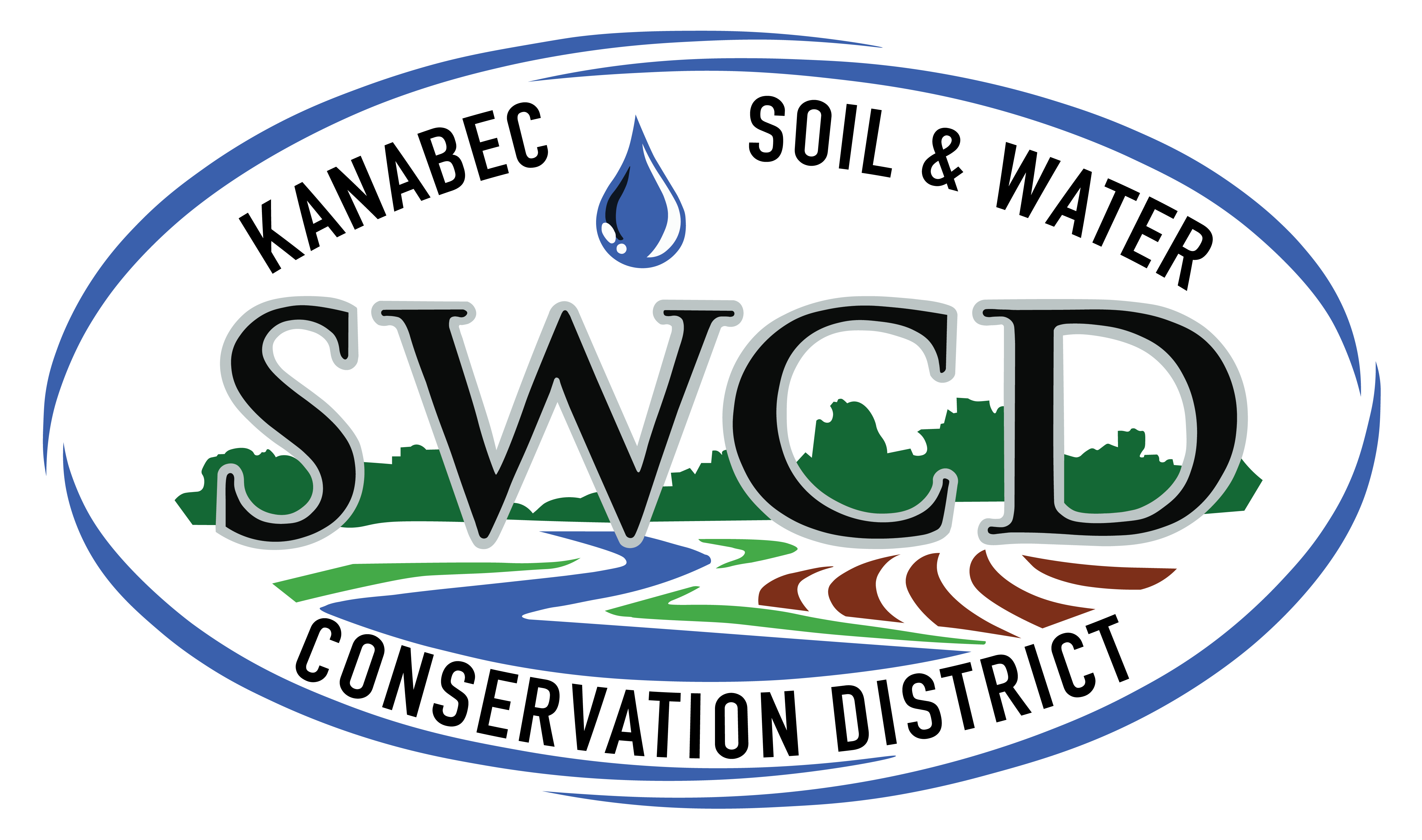Managing Lake Health
Healthy lakes are central to our quality of life in Kanabec County — offering recreation, supporting wildlife, and contributing to our economy and property values. But a lake’s health doesn’t start and end at the water’s edge. It depends on a whole system, including its shoreline, the land around it, and the practices of those who live nearby.
Why Lake Health Matters
When lakes are healthy, they support:
- Clean water for swimming, fishing, and boating
- Habitat for fish, frogs, birds, and other wildlife
- Natural beauty and peaceful recreation
- Protection against algae blooms and shoreline erosion
Unfortunately, many lakes face threats like:
- Excess phosphorus and nutrients from runoff, which fuel algae growth
- Erosion that adds sediment and degrades water clarity
- Shoreline alterations that reduce wildlife habitat
- Invasive species that disrupt native ecosystems
The Shoreline Connection
What happens on land directly impacts the lake. Shorelines are the lake’s first line of defense — or the first place pollution can get in. Natural shorelines with native vegetation:
- Slow down and filter stormwater runoff
- Stabilize banks and prevent erosion
- Provide critical habitat for birds, turtles, fish, and pollinators
In contrast, manicured lawns, riprap, and cleared areas allow runoff to carry nutrients and sediment directly into the water, often worsening algae problems and harming fish habitat.
In-Lake and Upland Solutions
Protecting lake health requires both in-lake strategies and upland management. That can include:
- Installing shoreline buffers with native plants
- Reducing fertilizer use and lawn runoff near the lake
- Stabilizing eroding banks
- Managing runoff from driveways, roads, and nearby fields
- Controlling invasive species and improving aquatic plant diversity
What You Can Do
If you live on or near a lake — or just want to help keep our waters clean — there are many steps you can take. Kanabec SWCD offers technical assistance and cost-share funding for eligible practices that improve lake health and protect water quality for future generations.
Learn more about:
